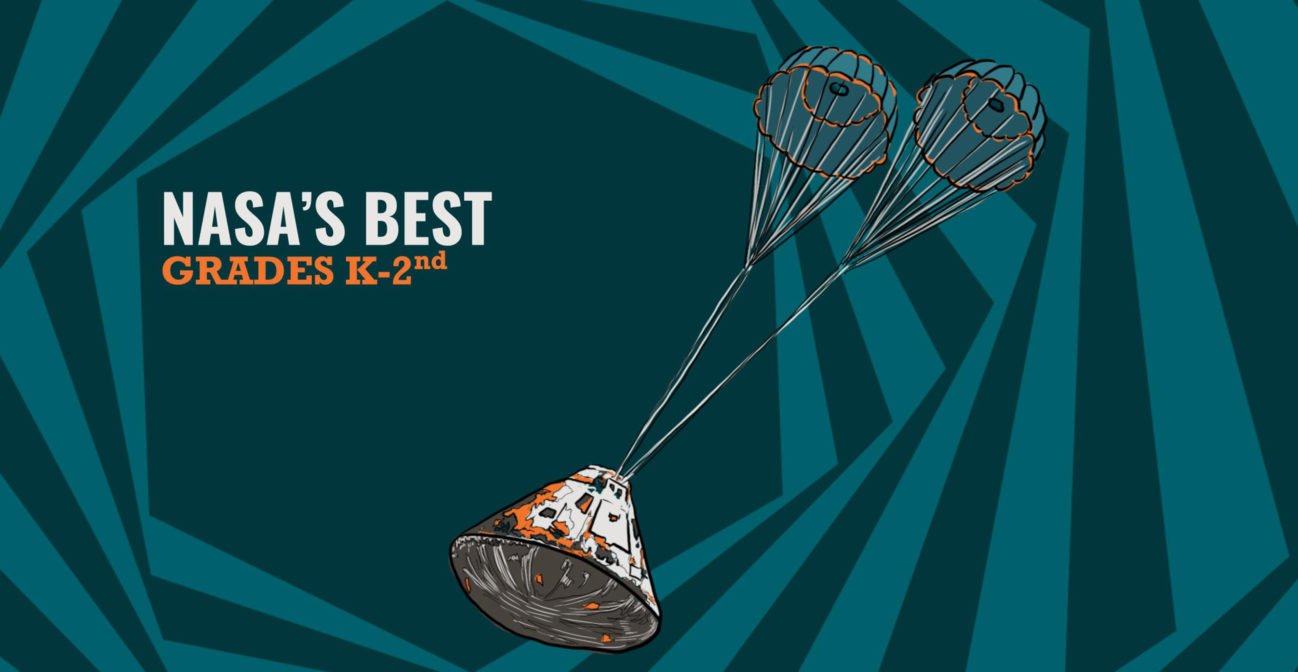Join us for conversations that inspire, recognize, and encourage innovation and best practices in the education profession.
Available on Apple Podcasts, Spotify, Google Podcasts, and more.

K-2 Learners will be guided through a series of challenges that follow the engineering design cycle. Join NASA on an adventure through solving an engineering challenge using the engineering design cycle to design and build a landing pod for your lunar buggy out of simple materials.
OBJECTIVE
To demonstrate an understanding of the Engineering Design Process while utilizing each stage to successfully complete a team challenge.
PROCESS SKILLS
Measuring, designing, evaluating
MATERIALS
STUDENT PAGES
Please note: This activity may require two 60-90 minute sessions to complete.
Engage the students with the following questions:
Soon NASA will send the next generation of explorers to Mars or other destinations in the solar system aboard a new Crew Exploration Vehicle (CEV). The next session will have teams design and build a CEV that will carry two – 2 cm sized passengers safely and will fit within a certain size limitation.